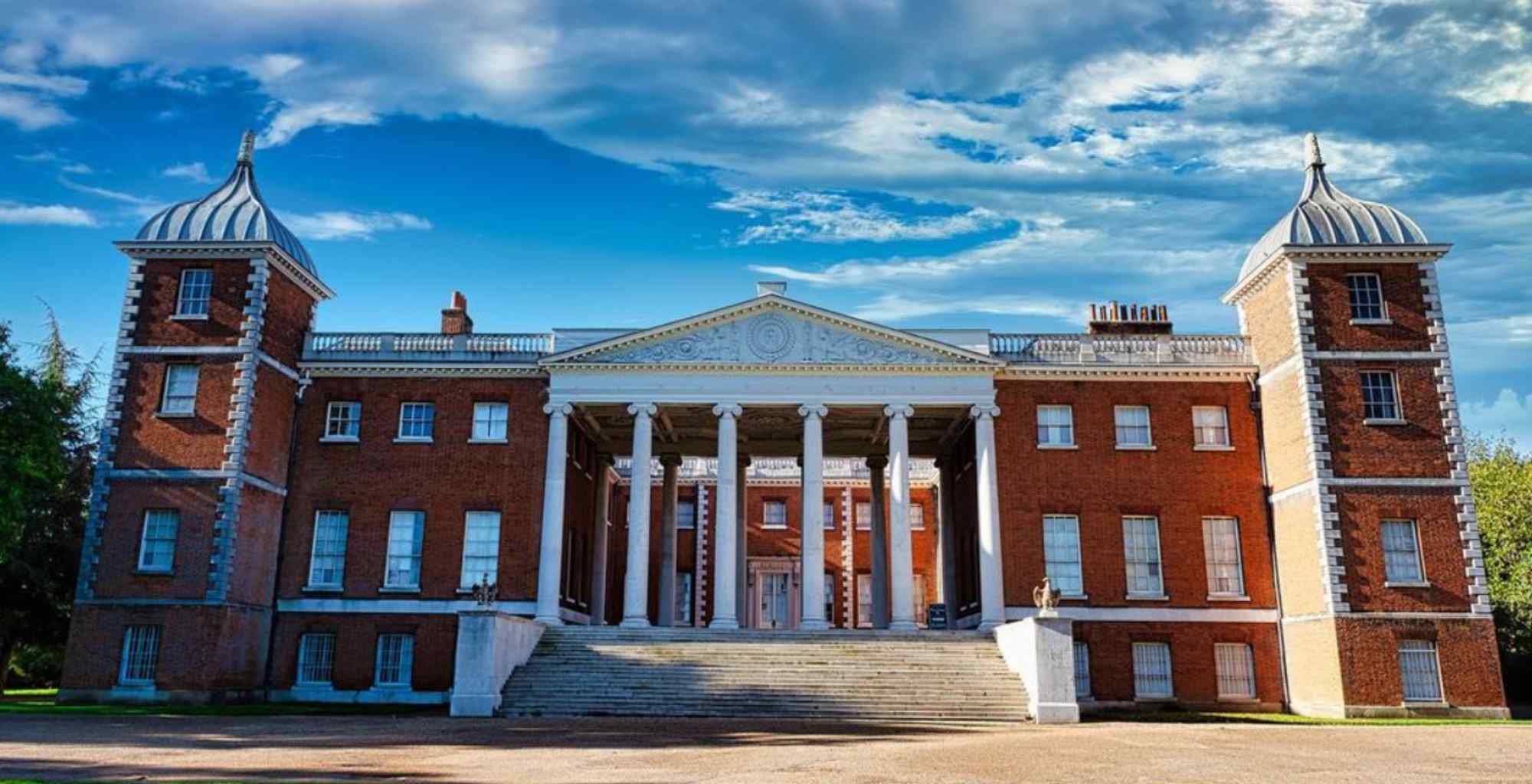Given the area’s decorated history it’s of little surprise that there are several glorious historic houses in West London to visit and enjoy, many of which are entirely free, or at least the grounds are.
There are stately homes, royal palaces, perfectly preserved homes of artists and printmakers, and all in and around Chiswick, Hammersmith and Shepherd’s Bush.
From Downton to Bridgeton, London’s fine architecture is often a focus on blockbuster TV shows and perhaps sometimes we locals take all that is on our doorstep for granted.
This blog highlights some of the most wonderful historic houses in West London, in case you’d forgotten or maybe didn’t know they were there!
Header image credit: Mark Hunter
Chiswick House and Gardens
A gem in the very heart of our patch of West London, Chiswick House and Gardens is a Grade I listed Neo-Palladian house with extensive gardens and grounds surrounding it.
The beautifully landscaped gardens and grounds, which include a long lake, waterfall, walled garden, greenhouse, wooded area, and cricket field, are incredibly well-kept, and free for all to enjoy.
There is a popular café positioned near the house itself, together with a children’s play area and regular markets are held at Chiswick House. The Chiswick Dog Show is also a feature on Chiswick House’s annual calendar.
Chiswick House is managed by English Heritage and the National Trust. The house is open to the public for a small fee and offers a glimpse into the rich history and culture of West London.
The interiors of Chiswick House are truly a marvel with ornate decorations, intricate plasterwork, and beautiful paintings throughout the stately rooms. There is also a stunning collection of art, including works by William Kent and Robert Adam.
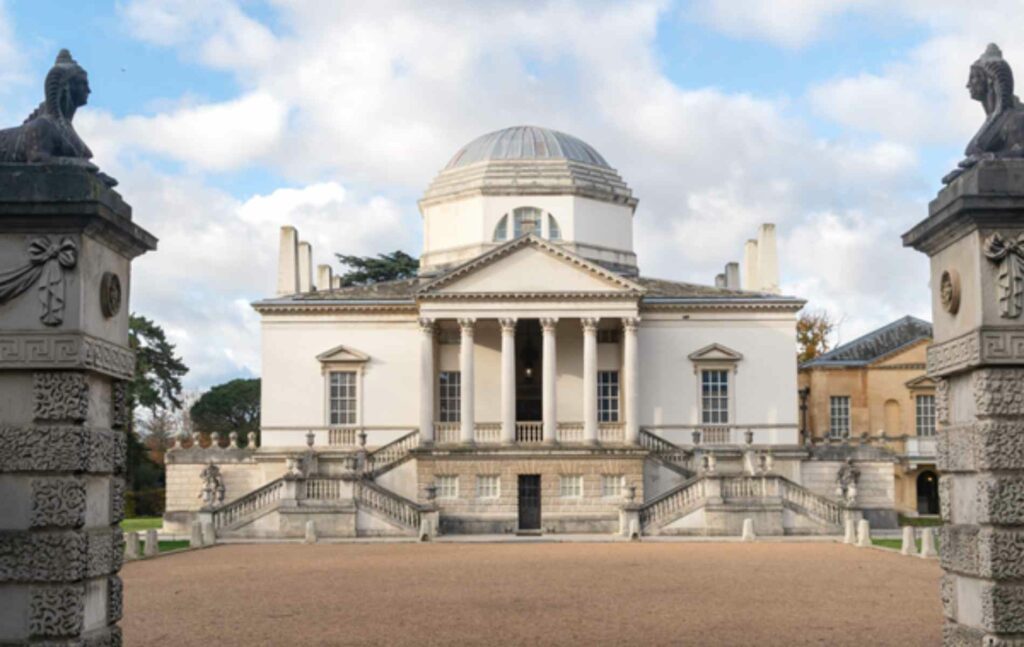
Hogarth’s House
Just a short distance from Chiswick House, Hogarth’s House is positioned near the river in Chiswick. Home to the famous 18th-century English artist William Hogarth from 1749 until his death in 1764, the now museum is a fascinating place to visit and explore where the artist lived and worked.
Hogarth’s House is now owned by the London Borough of Hounslow and is open to visitors free of charge.
There is a large collection of his paintings, engravings, and other works throughout the house together with exhibits on the history of the area and other local residents, making it a must-visit for anyone interested in West London’s heritage and culture.
7 Hammersmith Terrace
Once home to Emery Walker, one of the most important figures during the Arts and Crafts movement, 7 Hammersmith Terrace is a Grade II* listed building that holds a great deal of significance and is an exquisite example of the architecture and design at that time.
The house, situated on the river Thames, is a must-see for anyone interested in local architecture, or those interested in seeing an intact Arts and Crafts interior. The Georgian house remains almost entirely unaltered since it was inhabited by Sir Emery.
Hammersmith Terrace, a row of houses near the River Thames, was built in about 1770 and alongside Sir Emery Walker, who was an engraver and painter, other individuals of note had lived on the road such as poet John Betjeman and the painter Lucien Pissarro.
Gunnersbury Park Museum
Just west of Chiswick, Gunnersbury Park is a popular local hub, a hive of activity with many sporting events taking place there on a regular basis, together with a children’s playground, duck pond and vast open expanses that often host lively events.
Positioned on the eastern side of the grounds, Gunnersbury Park Museum is a Grade II listed Georgian mansion and one of West London’s most picturesque historic homes.
The house itself was originally built by Alexander Copland and then purchased by Nathan Mayer in 1835, and it was Nathan’s widow, Hannah, who made many neo-Georgian alterations under the architect Sydney Smirke.
In 2018 the mansion was fully restored, and the museum now displays many interesting local artefacts, including much about the Rothschild family, who owned the estate in the 19th century. Many of the spaces are also available to hire for large events and weddings.
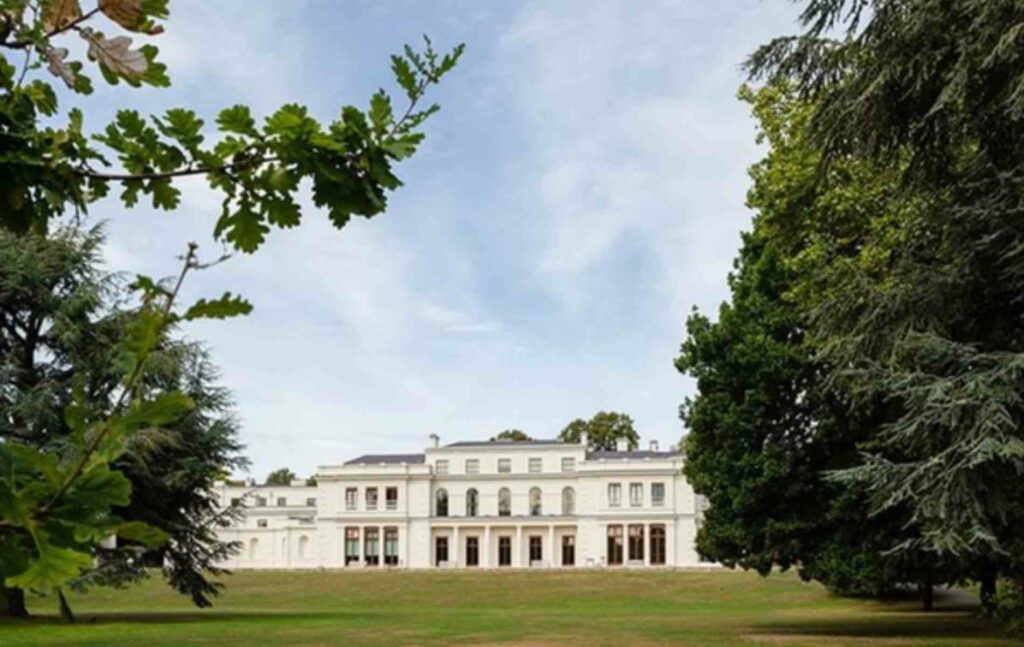
Osterley Park and House
A short drive from Chiswick and Hammersmith, towards Heathrow Airport, is Osterley Park and House which is an impressive Georgian country estate.
Originally dating back to the 1570s, Osterley Park and House are steeped in history with much of the original character retained. The house and its surroundings have been used in many a film and TV series including The Dark Knight Rises, The Duchess and Great Expectations, to name a few.
Whilst the stables are no longer a place where horses are kept, the space continues to be used only it is now a café, and those eating and drinking can sit within the original stables.
There are acres of parkland to enjoy, free of charge. Managed by The National Trust, there is a charge associated with going inside the house to see The Long Gallery, which spans the entire length of the house, or The Tapestry Room.
Syon House
Hidden away behind tall stone walls and surrounded by 200 acres of parks and gardens, Syon House feels as though it is deep in the countryside, whilst in reality it’s just a short drive or bus journey from King Street and Chiswick High Road.
For over 400 years, Syon House has been the London home of the Dukes of Northumberland, the Percy family.
Built on the site of the Medieval Syon Abbey and with connections to its Tudor history too, Syon House is one of the most culturally significant landmarks in West London.
The design of its great hall is based on a Roman basilica and there’s a bedroom that was used by Queen Victoria. Surrounding the house are Grade I listed gardens which are considered to be some of the finest in London.
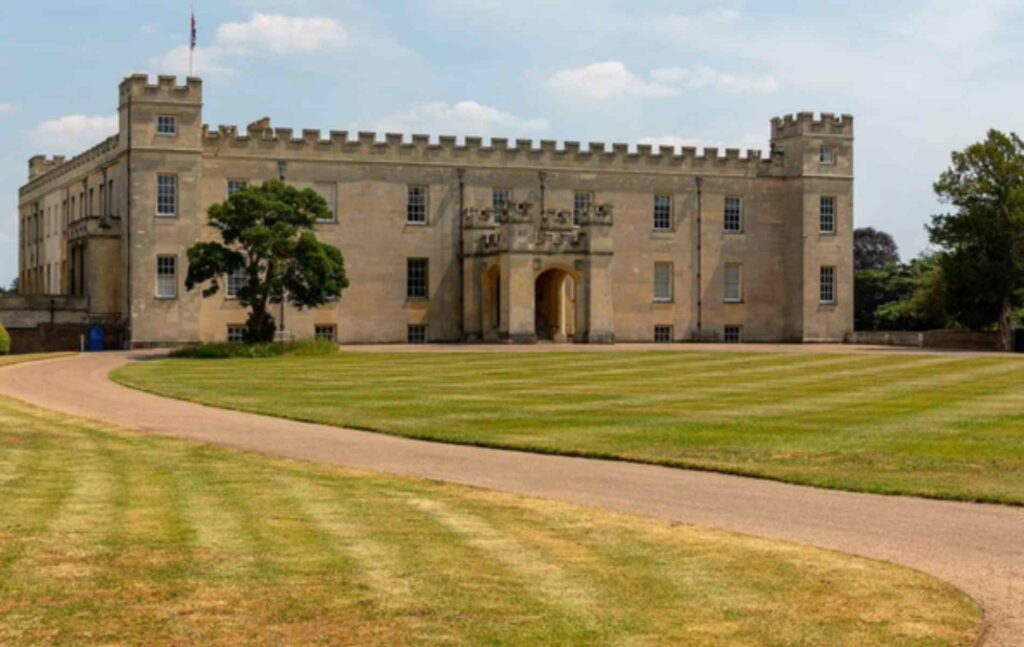
Kew Palace
Located within the Royal Botanic Gardens, Kew Palace is a small and intimate royal palace that was originally built as a fashionable mansion for wealthy London silk merchant Samuel Fortrey in 1631.
Kew Palace became a royal residence when it was leased by George III in 1781, the palace serving as a private retreat for the king and his family.
Those visiting Kew Gardens can also take a tour of the palace and learn about the lives of the Georgian royals. The palace’s Grade I listed building features a mix of architectural styles, including Tudor, Georgian, and Victorian.
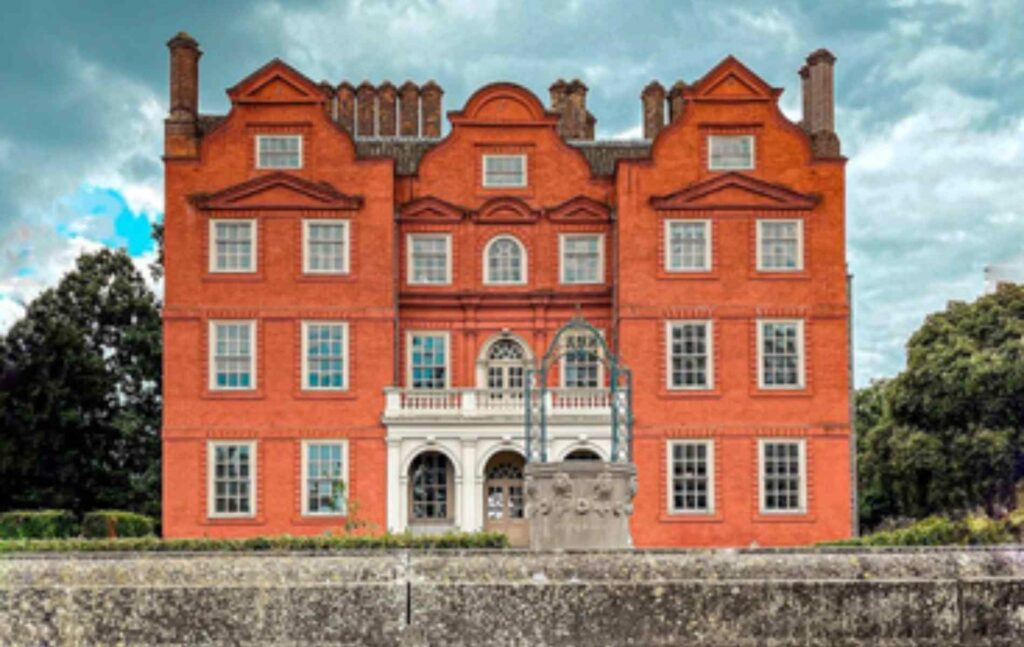
Living in West London
Adding to the many reasons why living in West London is so special, the historic houses dotted in and around our patch are evidence that this part of London has been a desirable and sought-after place to live for centuries.
From the homes of notable individuals to palatial properties there are many historic homes in West London worth visiting.
As always, to discuss any property related matters, contact us.
